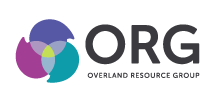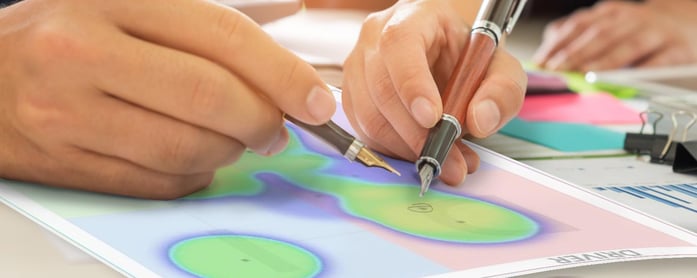
Alchemy we call it, jokingly and fondly, this magic that binds a small, extremely diverse group of veteran professionals into a closely-knit team of change management consultants. It’s not magic, of course. It’s just that we do our best to practice the skills and competencies that we teach others.
Except when we don’t.
Because it’s easy to forget to practice what we preach, to use on ourselves the team and leadership tools we successfully teach our clients all the time.
Case in point. One of the prominent tools in our toolkit is the DISC Personality Assessment ™. The DISC Assessment ™ creates a behavioral profile along four quadrants: Driver, Influencer, Stabilizer and Conscientious. Each of these preferences and various combinations of them suggest different behavioral approaches people prefer to take in communication, acting, problem-solving, and interacting with others.
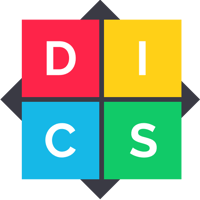
At our 2017 Planning Summit, we decided to re-use the tool on ourselves. By doing so we not only moved to a new level of mutual understanding, but we were also reminded why and how this tool can be as powerful as it is.
5 LEARNINGS
Here are 5 learnings, or more accurately re-learnings, we took away from our exploration and discussion:
1. Learning about ourselves
As one colleague remarked, “I have taken this assessment many times over the years and each time it is remarkably consistent; at the same time, I always gain some new insight”. One of the reasons we use DISC in teams is because it provides important but different realizations when taken and discussed with a group. Our experiences change over time and talking about DISC in different teams or the same team at different times brings out different facets of our self-understanding.
2. Learning about how to interact with each other
While the DISC is an excellent tool for self-awareness we find it to be even more powerful when used as a tool for understanding others. Beyond understanding, DISC provides clues about how to adjust behavior to create better outcomes among colleagues. For example, Drivers may need to tolerate a bit of small talk while Influencers may need to cut to the chase a bit quicker.
3. Learning between the Leader and the Team
Unless your team has chosen to be self-directive, the relationship between team leaders and team members is key to a high performing team. Sharing and discussing DISC profiles provides a framework and a vocabulary for a leader and the team to talk about preferences, expectations, quirks and aspirations. Because we are going through some shifts in leadership roles our summit conversation reminded us how useful it is to have an explicit DISC discussion in transitioning from one leader to another.
4. Learning about the team under stress
In applying DISC to teams we’ve developed a unique software DISC HeatMap© which shows the placement and intensity of the various team members inside the DISC framework. The Heat Map shows the distribution of the team in normal circumstances, but also produces a version that illustrates what happens when the team is under stress.
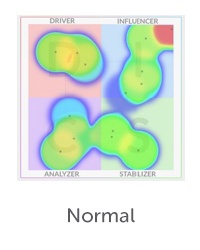
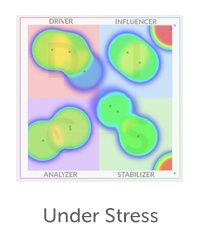
We are a well-balanced team. Under stress we become a little more “ourselves” as individuals. Which means that in those times we need to be both tolerant and at the same time take even more advantage of our various strengths. “This was the biggest take-away for me, to know what happens to all of us when we’re under stress,“ reported several team members after the Summit. Our clients, too, report that the HeatMap© is one of the biggest take-aways from their DISC assessment work.
5. Learning there are no boxes
One of the reasons that people resist the idea of behavioral profiles is that they dislike the risk of relegating people into rigid personality or style boxes, which can lead to assumptions and stereo-typing. It was abundantly clear in our enlightening and fun discussion that when handled responsibly and knowledgeably team members are not put in tight and rigid boxes. On the contrary, DISC provides a palette from which team members can share the entire spectrum of their personal experience and perspective; it reveals the whole person.
As a geographically dispersed consulting team our work environment is always changing and often unpredictable. We work together in different constellations, sometimes after not being physically together for quite some time. We must hit the ground running. We sometimes work together in very tight formation for extended periods on the road. We sometimes work together virtually. Knowing who we are, as individuals and a team, in both stable and stressful times, is enormously helpful in managing ourselves, staying healthy as a group, and effectively serving our clients. DISC allows us to keep a steady-state cadence together, but also to make quick adjustments when things change during an engagement.
Using DISC at our 2017 Summit was not a revelation. It was reinforcement to ourselves of what we see over and over when we introduce DISC into client organizations. Who we are as people, and how we interact as people, is as important to performance and business outcomes as is competency and experience. Effective tools are available to help people understand and work on who they are together in teams; DISC is one of those tools.
It’s not magic. But using such tools can be part of a kit that helps you and your teams reach their full potential. If you think DISC might help you, your teams, or your organization give The Overland Resource Group a shout.
